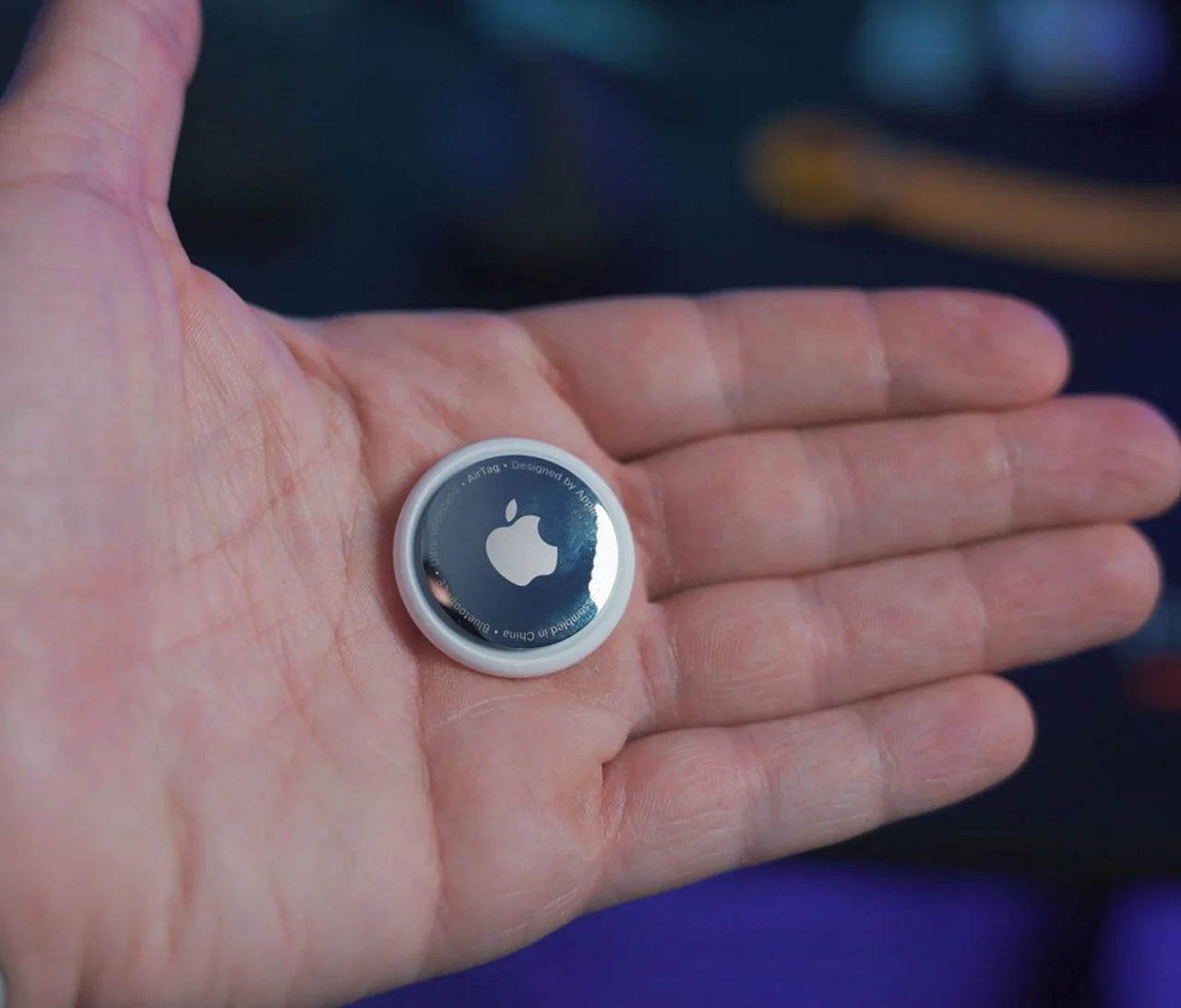RFID (Radio-Frequency Identification) :
RFID, which stands for Radio-Frequency Identification, is like a digital version of the barcodes you see on products at the store. But unlike barcodes, RFID doesn't need to be seen by a scanner to work. Instead, it uses radio waves to send data from a small electronic tag, or "RFID tag", attached to an object to a device called an RFID reader .This reader then captures the data stored on the tag, allowing for quick and easy identification of the object. RFID technology is widely used in various industries, such as retail, logistics, and healthcare, to track and manage inventory, monitor assets, and improve overall work efficiency.
NFC (Near Field Communication) :
NFC, or Near Field Communication, is a specific type of RFID technology that enables two devices to communicate with each other when they're close together, typically within a few centimeters. Unlike RFID, which is often used for tracking and identification purposes, NFC is primarily used for data exchange and communication between devices. One common application of NFC is contactless payment systems, where a smartphone equipped with NFC technology can be used to make payments simply by tapping it against a compatible payment terminal. NFC is also used for other purposes, such as sharing files between smartphones, pairing Bluetooth devices, and accessing digital content with just a tap.
So, Is NFC the Same as RFID?
While Near Field Communication (NFC) and Radio-Frequency Identification (RFID) are related technologies and share some similarities, they are not the same. Both NFC and RFID rely on wireless communication using radio waves, but they differ in terms of their operating range, communication protocols, and applications.
The most significant difference between NFC and RFID is their operating range. NFC operates over a short range, typically within a few centimeters, requiring close proximity between devices for communication. In contrast, RFID systems can operate over a wider range, ranging from a few centimeters to several meters, depending on the frequency used and the type of RFID tags and readers employed. NFC and RFID also differ in their communication protocols. NFC devices comply with the NFC Forum standards, which define protocols for communication and data exchange at close proximity. These standards ensure interoperability between NFC-enabled devices and facilitate interaction between smartphones, smart cards, and other NFC devices. RFID systems, on the other hand, may use various communication protocols depending on the application and frequency band, such as ISO/IEC 14443 for high-frequency RFID and ISO/IEC 18000 for ultra-high frequency (UHF) RFID.
In short, while RFID helps track and identify things wirelessly, NFC enables devices to communicate and share information without the need for physical connections, making tasks like payments, data transfers, and device pairing more convenient and in an increasingly interconnected world.
Evolution of NFC and RFID:
Let's take a trip back in time to understand how NFC and RFID technologies came to be and how they've become a part of our daily lives.
Evolution of RFID :
RFID technology actually dates back to World War II, when it was used to identify aircrafts. But it wasn't until the 1970s and 80s that RFID started gaining traction, especially in industries like retail and logistics. The technology kept improving, and by the late 1990s, it became more affordable and practical for widespread use. Today, we can find RFID tags in things like library books, warehouse inventory, and even in pet's collars
Evolution of NFC (Near Field Communication):
NFC emerged as a technology relatively later compared to RFID, gaining attention primarily in the early 2000s. Its initial attention was centered around its application in contactless payment systems, notably exemplified by the advent of tap-and-go payment cards. This technology gradually transitioned into the smartphone world, facilitating various functionalities such as content sharing through a simple tap between devices. This evolution lead to significant expansion of NFC's utility beyond its initial applications.
The Working of NFC ( Near Field Communication ) :
-
Initiation :
NFC operates in two modes : active and passive. In active mode, both devices generate their own radio frequency field and can communicate with each other. In passive mode, one device generates the radio frequency field, while the other device responds to it. When two NFC-enabled devices come into close proximity, they detect each other's presence and initiate communication.
-
Radio Frequency (RF) Field :
NFC uses radio waves to establish a connection between devices. When two NFC-enabled devices are brought close together, they create a radio frequency field between them. This field allows for the exchange of data between the devices.
-
Data Transfer :
Once the NFC connection is established, data can be transferred between the devices. NFC supports various types of data transfer protocols, including peer-to-peer communication, data exchange format (NDEF), and card emulation mode.
-
Security :
NFC communication is relatively secure due to its short-range nature. The close proximity required for communication reduces the risk of interception. Additionally, NFC devices can employ encryption and authentication mechanisms to ensure secure data transfer.
Factors Driving Adoption of NFC :
Several factors have contributed to the growing adoption of NFC (Near Field Communication) technology:
-
Convenience :
NFC technology offers a convenient way to perform various tasks, such as making contactless payments, sharing files, and pairing devices, with just a simple tap or wave. This ease of use has made NFC popular among consumers who appreciate the simplicity and efficiency it provides.
-
Integration with Smartphones :
The widespread presence of smartphones equipped with NFC technology has significantly contributed to its adoption. As NFC capabilities become standard features in smartphones, users are increasingly familiar with the technology and its applications. This integration has facilitated the growth of NFC-enabled services and applications, such as mobile payments, ticketing, and access control.
-
Expansion of IoT (Internet of Things) :
NFC technology plays a crucial role in the Internet of Things (IoT) ecosystem by enabling communication between devices. As IoT applications continue to develop across various industries, NFC provides a convenient and secure way to connect and interact with IoT devices, such as smart home appliances, wearable devices, and connected vehicles.
-
Security and Reliability :
NFC offers built-in security features, such as encryption and authentication, to ensure secure data transfer between devices. This reliability and trustworthiness have contributed to the widespread adoption of NFC for sensitive applications, such as mobile payments and access control systems.
-
Industry Support and Standards :
The support of industry stakeholders, including smartphone manufacturers, payment networks, and standards organizations, has played a crucial role in driving the adoption of NFC technology. The establishment of standards and interoperability guidelines has facilitated the development of NFC-enabled products and services, enabling ecosystem growth and innovation.
Applications of NFC :
-
Contactless Payments :
One of the most common applications of NFC is in contactless payment systems. NFC-enabled smartphones or cards can be used to make secure payments by simply tapping or waving them near a compatible payment terminal.
-
Access Control and Security :
NFC technology is utilized in access control systems to grant entry to buildings, rooms, or secure areas. Employees or authorized individuals can use NFC-enabled cards or smartphones to gain access by tapping them on NFC readers. This application is prevalent in workplaces, hotels, public transportation, and other environments where secure access is required.
-
Transportation and Ticketing :
NFC is widely used in transportation systems for ticketing and fare payment. Commuters can use NFC-enabled cards or smartphones to pay for fares on buses,metro trains, by tapping them on ticket counters or fare gates. This technology simplifies the ticketing process and saves time in public transportation systems.
-
Mobile Device Pairing and Data Transfer :
NFC facilitates quick pairing of Bluetooth-enabled devices, such as smartphones, headphones, speakers, and smartwatches. Users can initiate device pairing by tapping their NFC-enabled devices together, eliminating the need for manual setup or configuration. NFC also enables easy transfer of data, such as photos, videos, contacts, and files, between NFC-compatible smartphones or tablets.
-
Healthcare and Medical Applications :
In the healthcare sector, NFC technology is used for patient identification, medical device tracking, and access to electronic health records. NFC-enabled wristbands or cards can store patient information and provide healthcare professionals with quick and secure access to relevant medical data. When a healthcare professional taps an NFC-enabled device on a wristband or medical device, it retrieves or updates patient information stored in the NFC tag .NFC tags on medical equipment enable efficient inventory management and maintenance tracking.
-
Smart Retail and Inventory Management :
In retail environments, NFC technology works by utilizing NFC tags attached to products. These tags enable communication between NFC-enabled devices, such as smartphones or readers, and the products themselves. Retailers can tap an NFC-enabled device on a product's tag to access information about the item, such as its origin, authenticity, or promotional details. This enables retailers to track inventory levels, authenticate products to prevent counterfeiting, and provide personalized experiences to customers. Additionally, NFC-enabled loyalty programs and promotions further improve customer engagement by offering incentives and rewards for purchases, ultimately improving customer retention and driving sales.
Conclusion :
In conclusion, the rise of NFC technology from its humble beginnings in contactless payment systems to its widespread applications across industries such as healthcare, transportation, retail, and beyond, underscores its importance in our daily lives. Furthermore, while NFC and RFID are distinct technologies with their own unique characteristics and applications, they share a common goal of simplifying tasks, improving efficiency, and improving user experiences across various fields.

